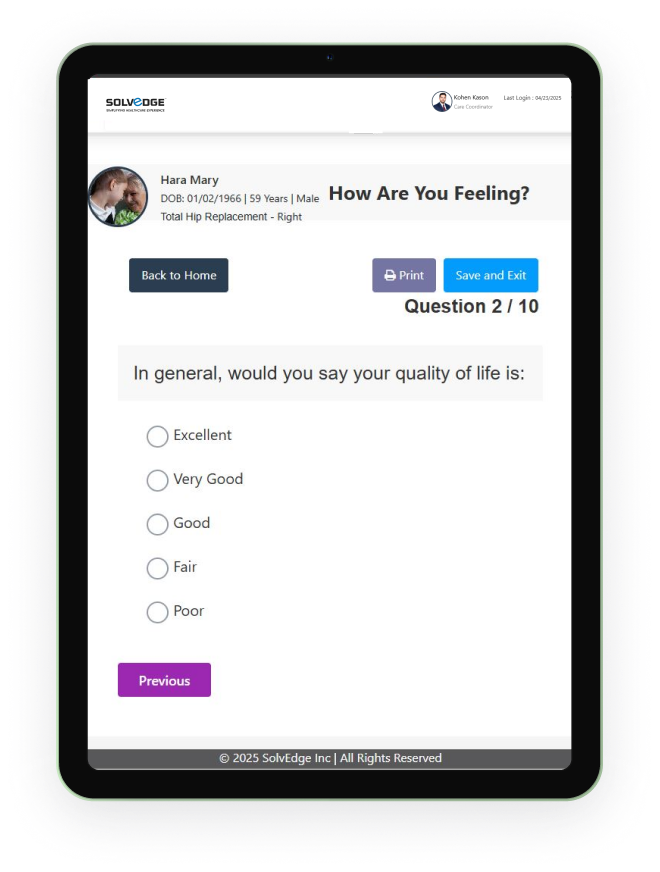Revolutionizing Bone Cancer Care for Improved Patient Outcomes
Integrate tumor profiling, PROMs, and precision surgical planning to improve oncologic orthopedic outcomes.
Revolutionizing Bone Cancer Care for Improved Patient Outcomes
Integrate tumor profiling, PROMs, and precision surgical planning to improve oncologic orthopedic outcomes.
Key Insights for Bone Cancer Treatment
Understanding patient health through direct feedback is essential for personalizing treatment plans. By capturing real-time insights into patient progress, healthcare teams can make more informed decisions, improving the overall care experience and patient outcomes. This approach ensures the treatment journey aligns with individual needs and preferences.
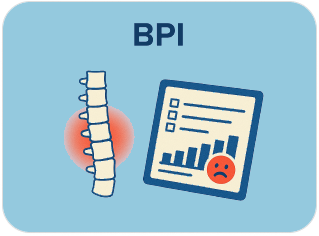
Measures the intensity of pain and the degree to which pain interferes with daily functions.

Provides precise and flexible assessments of a wide range of health domains like pain, fatigue, physical function, emotional distress (anxiety, depression), and sleep.
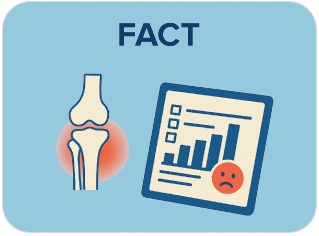
Evaluates overall quality of life in cancer patients, with the BP subscale focusing on bone pain and its impact
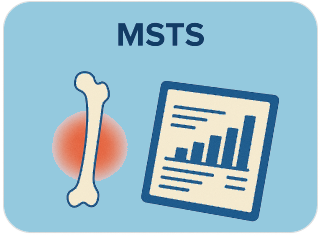
Assesses functional outcomes specifically in patients who have undergone limb-sparing surgery for bone tumors around the extremities.
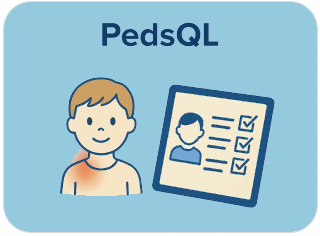
Measures health-related quality of life in children and adolescents with cancer, covering physical, emotional, social, and school functioning, with a cancer-specific module addressing cancer-related symptoms and treatment side effects.
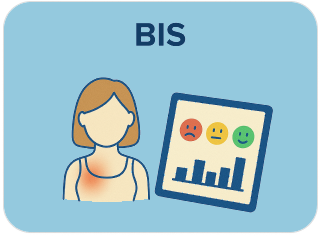
Assesses the distress and concerns related to body image, which can be particularly relevant for patients undergoing surgery or treatments that alter their physical appearance.
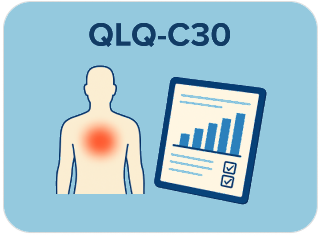
Assesses the global health status, functional scales (physical, role, emotional, cognitive, social), and common symptoms experienced by cancer patients.
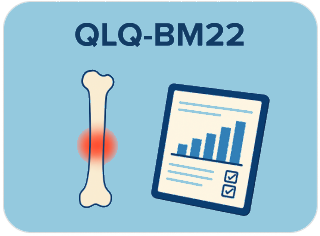
Specifically evaluates pain, functional limitations, and psychosocial impact related to bone metastases.
Powered suported by leading international healthcare service
Innovative Bone Cancer Implants
Bone cancer implants are tailored to restore function and support the body after treatment. These implants, including prosthetics and custom fittings, are designed with the patient’s age and bone condition in mind, ensuring long-term durability and optimal recovery
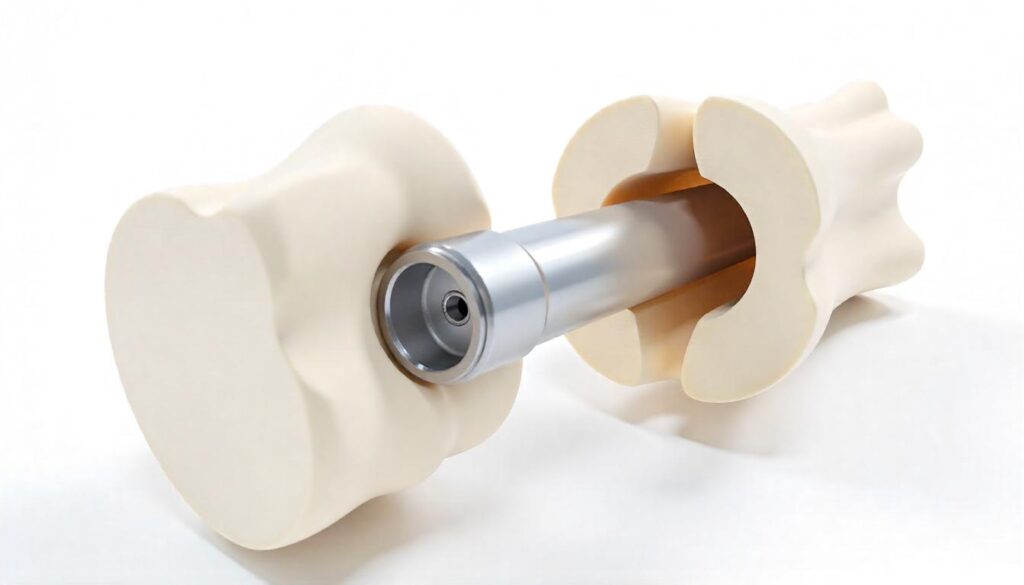
Endoprostheses & Megaprostheses
Outcome:
Replaces removed bone, restoring limb function and mobility. Ideal for skeletally mature individuals due to implant lifespan and bone integration.
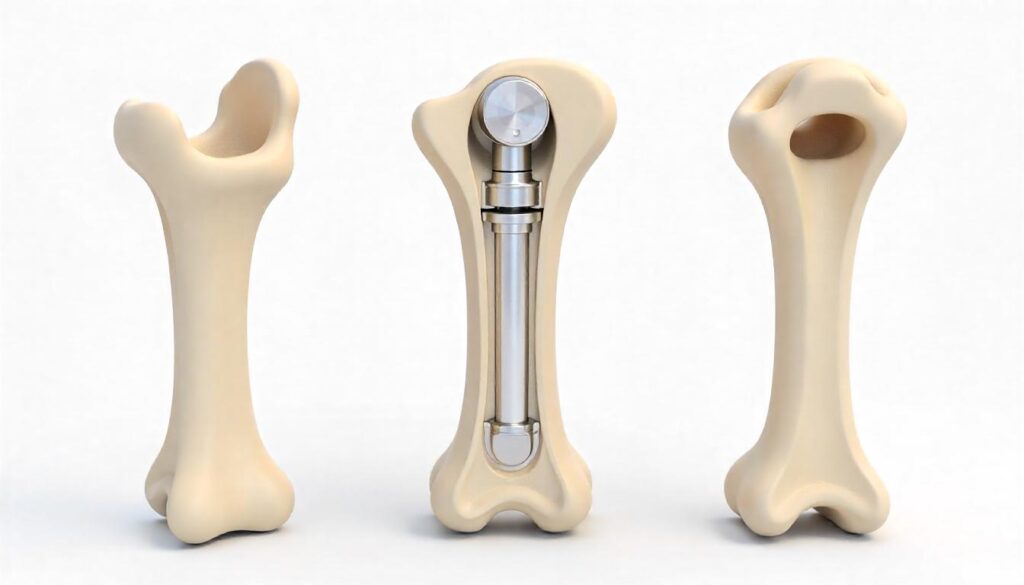
Tumor Prostheses
Outcome:
Replaces resected bone, aiming to restore limb function and mobility post-tumor removal. Ideally suited for skeletally mature patients for better long-term implant stability.
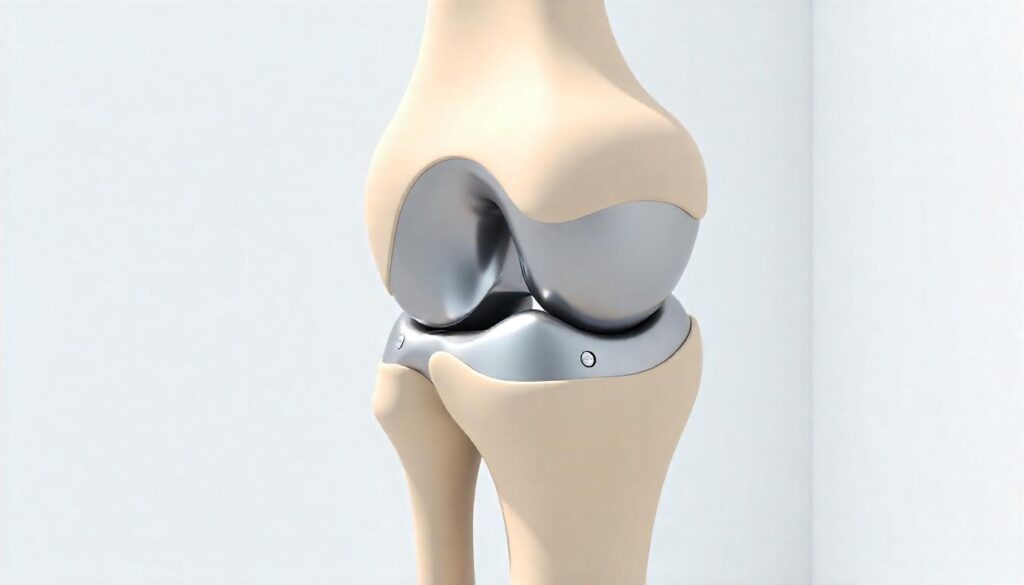
Prosthetic Joints
Outcome:
Restore joint function, improve mobility. Best for seniors 65+ with femoral neck fractures. Commonly used in hip repair. Preserves acetabular cartilage.
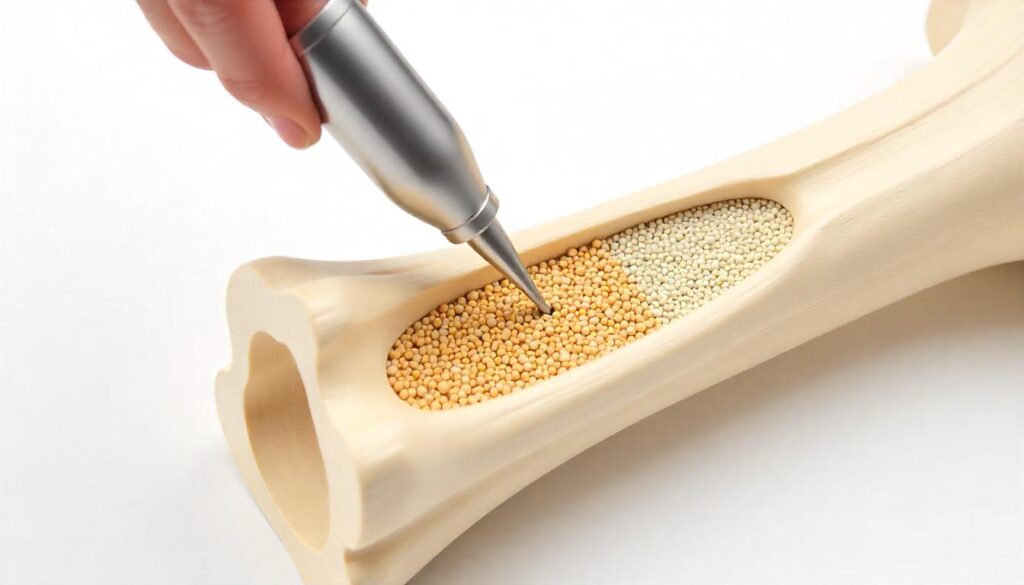
Bone Grafts
Outcome:
Secures implants, fills bone voids. Used in adults 50+ for joint fixation. Enhances implant stability. Rapidly sets for immediate support.
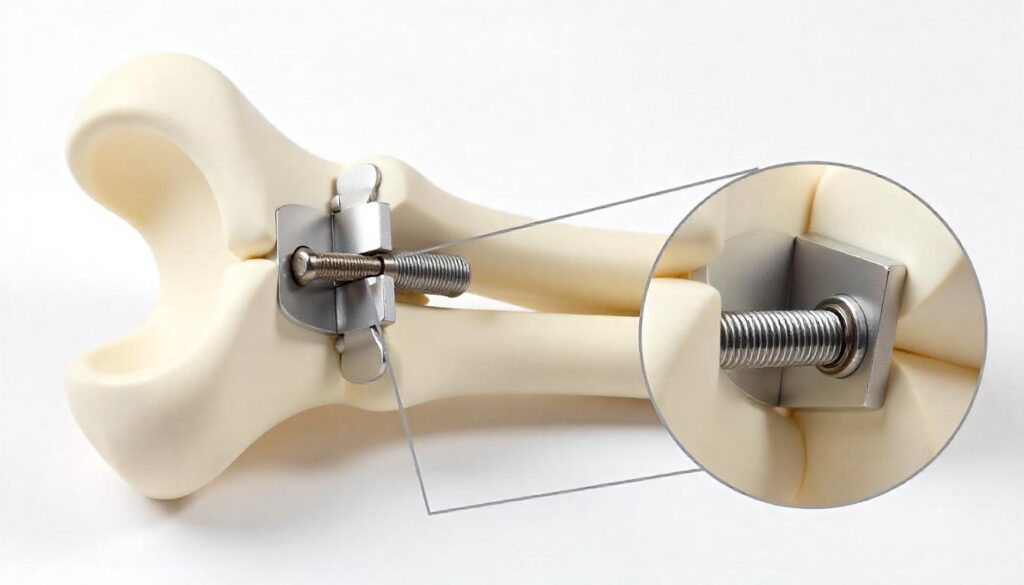
Fixation Devices
Outcome:
Stabilize vertebral fractures, restore height. Ideal for seniors 60+ with osteoporosis. Supports kyphoplasty procedures. Minimally invasive technique.
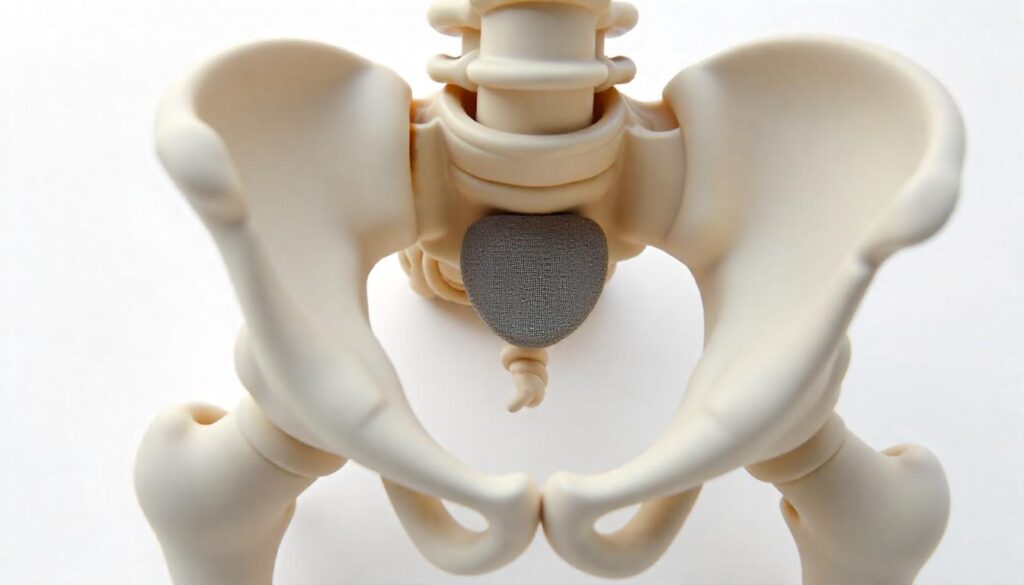
Custom 3D-Printed Implants
Outcome:
Stabilizes pelvic fractures, promotes recovery. Suitable for adults 18-70. Designed for complex pelvic injuries. Conforms to curved bone structure.
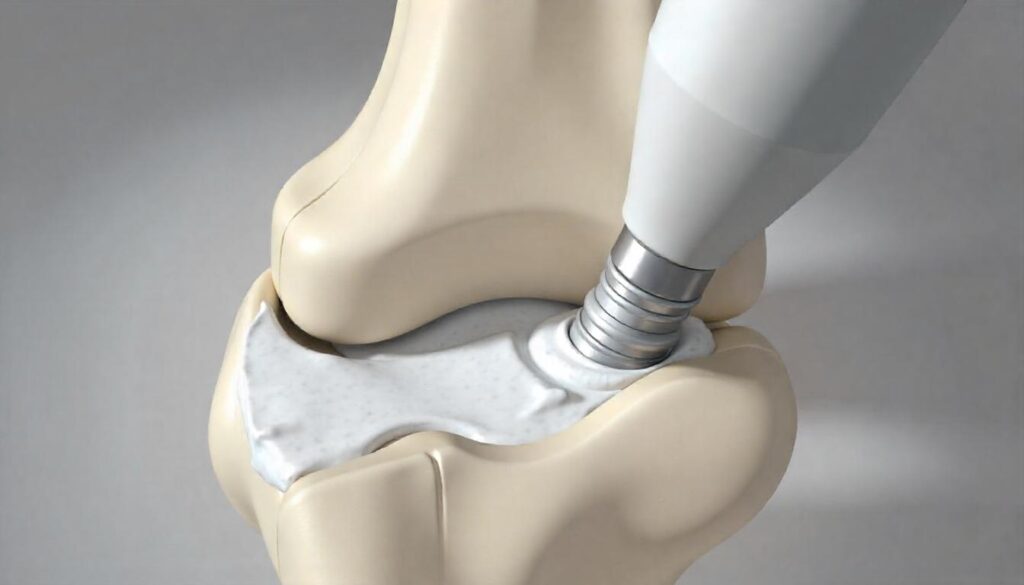
Bone Cement (PMMA)
Outcome:
Fix small fractures, ensure alignment. Used in children and adults 10-65. Temporary fixation solution. Easily adjustable during surgery.
Integration of Care Navigation and PROMs
The integration of care navigation and PROMs has reshaped the way bone cancer patients experience their care journey, making it more efficient, responsive, and patient-centric. This convergence has positively impacted both the clinical pathway and recovery outcomes, ensuring that every step is tailored to the individual patient’s needs.
Improved Care Continuity
Care navigation helps ensure a smooth transition between treatments, appointments, and specialists, reducing gaps in care and enhancing overall coordination for the patient.
Faster Response to Changes
Real-time data from PROMs allows healthcare teams to identify potential issues early, enabling quicker interventions and minimizing complications, leading to better recovery outcomes.
Personalized Support for Patients
By integrating PROMs, patients receive tailored guidance that aligns with their unique needs, preferences, and progress, making them feel more in control of their treatment journey and improving adherence to prescribed care.
Enhanced Decision-Making for Providers
The detailed insights provided through PROMs empower healthcare providers to make more informed, patient-centered decisions, ensuring treatments are adjusted based on real-time patient feedback and leading to more effective care.
Fostering Innovation and Precision
The integration of real-time patient data allows for more precise and tailored solutions, enabling advancements in technology that better meet the evolving needs of patients and care teams.
Enhancing Long-Term Patient Outcomes
By facilitating timely interventions and personalized care plans, the integration supports improved recovery rates and reduces the likelihood of complications, ensuring more consistent patient success.
Driving Efficiency in Treatment Design
With clear insights into patient needs and recovery progress, it becomes easier to design and refine treatments that are both effective and adaptable, ensuring that each patient’s journey is supported in the best way possible.
Encouraging Broader Adoption of Technology
As patients experience more streamlined and successful treatments, the demand for integrated solutions grows, which in turn encourages further development of innovative tools that improve the overall healthcare experience.
